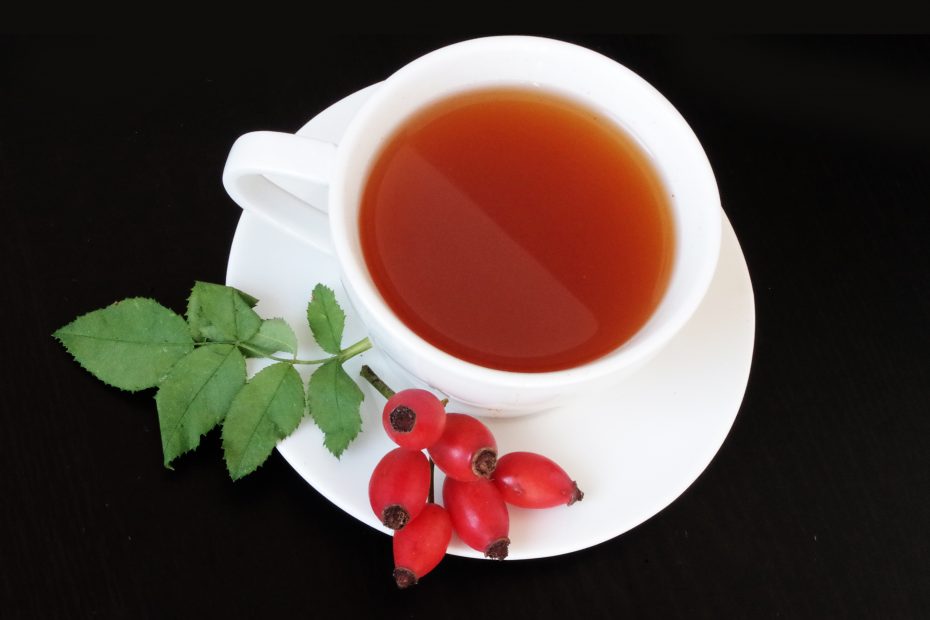What is Hojicha Tea?
The term hojicha, or houjicha (ほうじ茶) refers to any roasted Japanese green tea. It is typically made by blending bancha or sencha leaves and twigs (kukicha). A complex aroma is obtained from the sweetness of the leaves and the toastiness of the twigs.
History of Hojicha
Driven by the growth of exports, in the late 1800s and early 1900s, the Japanese tea industry saw massive mechanization. In particular, machines were introduced that automated harvesting and automatically sorted tea leaves and branches. Read our article to learn more about the history of tea in Japan.
Mechanization, however, also led to a great deal of waste of fragments of stems and leaves that were lost. Something unacceptable to most growers and producers at the time.
So it was that in the 1920s, a trader came up with the idea of also exploiting the previously wasted leaves and twigs by roasting them over charcoal. The experiment was incredibly successful, initially in Kyoto and then throughout Japan. The aroma of roasted tea began to be an irresistible draw for passersby, and so more and more merchants began selling the new quality of tea.
Even today hojicha represents one of the most widely drunk teas in Japan.
How hojicha is produced
The tea plant is grown under direct sunlight. While the upper shoots of the tea plant are used for sencha, the leaves found closer to the stem are used to produce other types of tea, including bancha and, of course, hojicha. These are larger, coarser leaves that are less delicate and difficult to roll as is the case with sencha.
After being steamed, rolled, and dried, the leaves go through a selection process. The more delicate buds and younger leaves are used to produce sencha, while the larger leaves and stems are used for bancha. The less noble part of the tea is roasted at high temperatures. During this process the leaves turn a brownish hue and take on the characteristic savory fragrance. The high temperatures also help reduce the caffeine and tannin content of the leaves, making hojicha suitable for consumption even during the evening hours.
You can find hojicha in leaves, in braided leaves, or with a conspicuous presence of twigs (in which case it is called Hojicha Kukicha).
How to prepare hojicha
The taste of hojicha is very rich, with hints of hazelnut. It is usually served in fairly thick cups, which are able to keep it hot for longer.
Although it is an average tea that is more heat resistant than other green teas, it is advisable to steep it at a temperature well below boiling (about 90°C).
Below are the steps for making an excellent hojicha.
- Heat the water, preferably filtered;
- Heat the cups by pouring hot water into them;
- Infuse 8 g per 250 ml of water at 90°C and cover to keep the temperature constant;
- Allow to steep from 30 seconds to 3 minutes.
Because it is roasted, hojicha produces a light and delicate drink if left to steep for shorter times, much more full-bodied and deep if left to steep longer (but of course, without overdoing it!).
